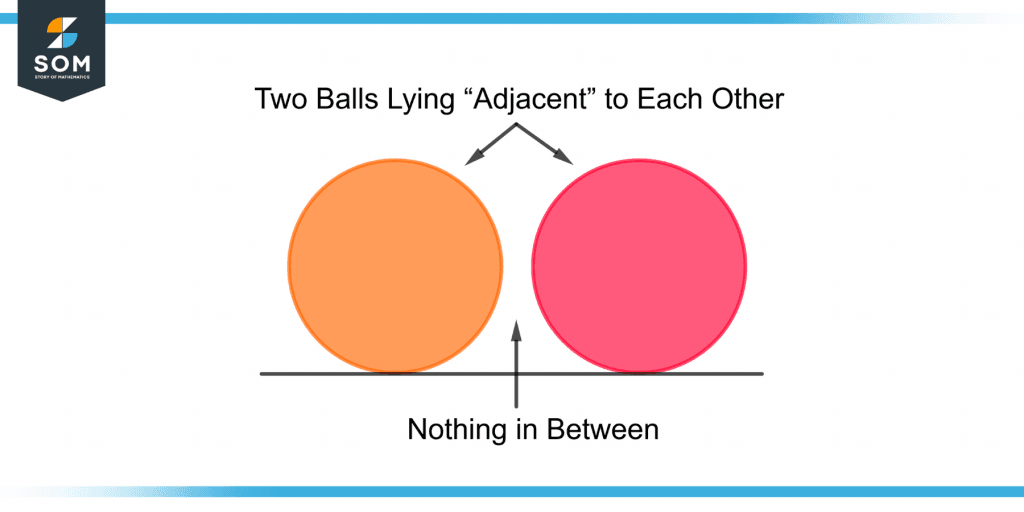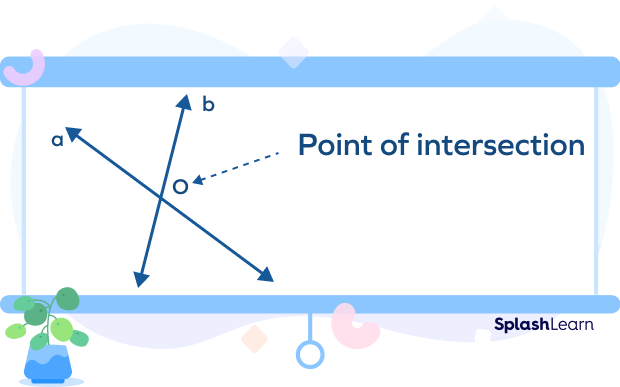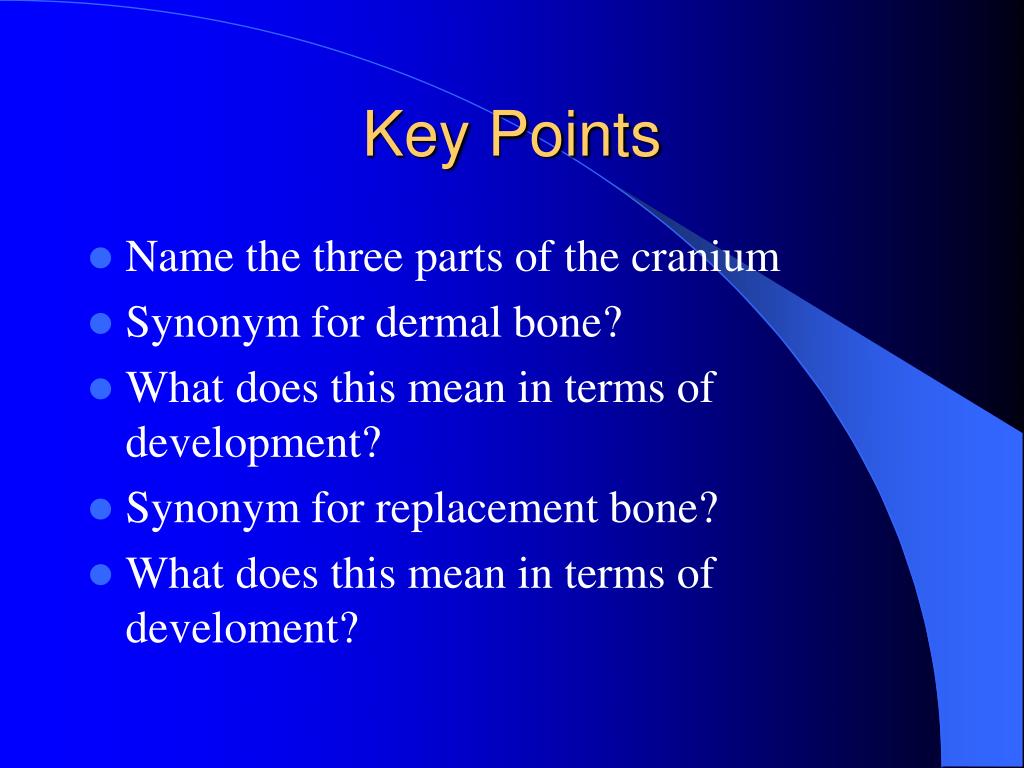The Term Meaning Close To The Point Of Attachment Is

Imagine a tiny seed, nestled in the rich earth, sending out its first tentative root. It stretches downwards, seeking sustenance, anchoring itself to the very source of life. That point of connection, that primal embrace between plant and soil, speaks to a fundamental concept, a term we use in anatomy and biology to describe closeness and origin. It's a word that whispers of beginnings and fundamental relationships.
The term we're exploring is proximal. In anatomical and biological contexts, proximal means situated nearer to the center of the body or the point of attachment. Understanding this term is crucial for anyone studying medicine, biology, or related fields, as it provides a foundational understanding of how structures are related spatially.
Understanding Proximal: A Journey Through Anatomy
The word proximal originates from the Latin word "proximus," meaning "nearest." This etymological root perfectly encapsulates its meaning in scientific discourse. Its antonym, distal, denotes the opposite – further away from the point of attachment.
Think of the human arm. The shoulder is proximal to the elbow. The elbow, in turn, is proximal to the wrist. This relative positioning is critical for understanding the function and interrelation of different body parts.
In medicine, understanding proximal and distal relationships is paramount. Diagnosing the site of an injury, for example, relies heavily on the precise anatomical location described by these terms. A doctor might say, "The fracture is proximal to the elbow joint," which provides specific and crucial information about the injury's location.
The Importance of Proximal in Medical Contexts
Consider the diagnosis and treatment of deep vein thrombosis (DVT). DVTs often occur in the legs, and their location, whether proximal or distal, significantly impacts treatment decisions. Proximal DVTs, those closer to the heart, carry a higher risk of pulmonary embolism and often require more aggressive treatment.
Surgical procedures also heavily rely on the understanding of proximal relationships. When a surgeon describes the location of a tumor as proximal to a major artery, it alerts the surgical team to potential challenges and necessary precautions during the operation. This precision is vital for patient safety and successful outcomes.
Radiology reports frequently employ the term proximal to accurately describe the location of findings. For example, a radiologist might report a stenosis (narrowing) in the proximal portion of the renal artery. This detailed description guides further investigation and treatment planning.
Beyond Anatomy: Proximal in Other Biological Fields
The application of proximal extends beyond human anatomy. In botany, the term describes the portion of a stem or branch closest to the main trunk. Understanding this helps in identifying the plant's growth patterns and overall health.
In zoology, especially in describing limb structures, proximal helps define the skeletal arrangement and muscle attachments. Consider the femur (thigh bone). The end of the femur that connects to the pelvis is the proximal end, playing a vital role in hip joint function.
Even in evolutionary biology, analyzing the proximal and distal ends of bones and other structures can reveal insights into how species have adapted and evolved over time. Comparative anatomy utilizes these positional relationships to trace evolutionary lineages.
The Significance of Precise Language in Science
The importance of using precise and unambiguous language in science cannot be overstated. Terms like proximal provide a standardized framework for communication, ensuring clarity and avoiding misinterpretations. Without such precision, sharing research findings and collaborating across different disciplines would be significantly hampered.
Imagine trying to describe the location of a lesion without using terms like proximal or distal. The description would likely be vague and open to interpretation, potentially leading to misdiagnosis or incorrect treatment. A clear and consistent vocabulary ensures that all healthcare professionals are on the same page.
This standardized language fosters effective communication between scientists, researchers, and clinicians worldwide. It allows for the seamless exchange of information, leading to advancements in medical knowledge and improved patient care.
"The use of precise anatomical terminology, including terms like proximal, is fundamental to accurate diagnosis and effective treatment planning." - Dr. Emily Carter, Anatomy Professor at the University of California, San Francisco.
Medical textbooks, research papers, and clinical guidelines all rely heavily on these defined terms. They provide the foundation for learning and understanding complex biological processes. The mastery of this vocabulary is a crucial step in any aspiring medical professional's journey.
Moreover, the concept of proximal can be used to explain the spread of diseases. Understanding where an infection starts and how it spreads proximally or distally allows healthcare professionals to predict potential complications and implement preventative measures.
Ultimately, the term proximal, seemingly simple in its definition, underpins a complex web of understanding within the life sciences. Its importance extends from basic anatomical descriptions to critical medical diagnoses and treatment strategies.
Reflecting on the Power of Connection
Just as the seed's proximal attachment to the soil sustains its growth, our understanding of proximal relationships in the body sustains our ability to heal and understand. It's a reminder that even the smallest connection, the closest point of origin, can have a profound impact.
By embracing precision and clarity in our language, we pave the way for progress in science and medicine. The word proximal, in its unassuming simplicity, serves as a powerful reminder of the importance of fundamental connections and precise communication.
As we continue to explore the complexities of the human body and the natural world, let us remember the power of connection and the importance of a shared language, a language that allows us to understand, to heal, and to grow, rooted in the principles of proximal understanding.
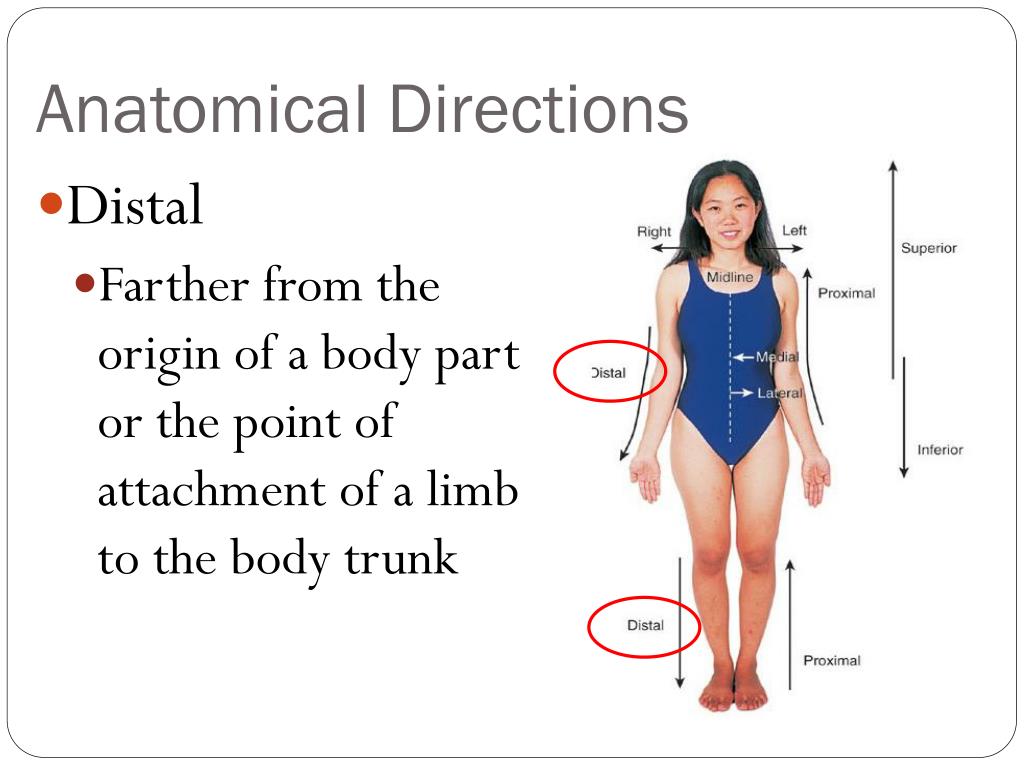



.jpg)



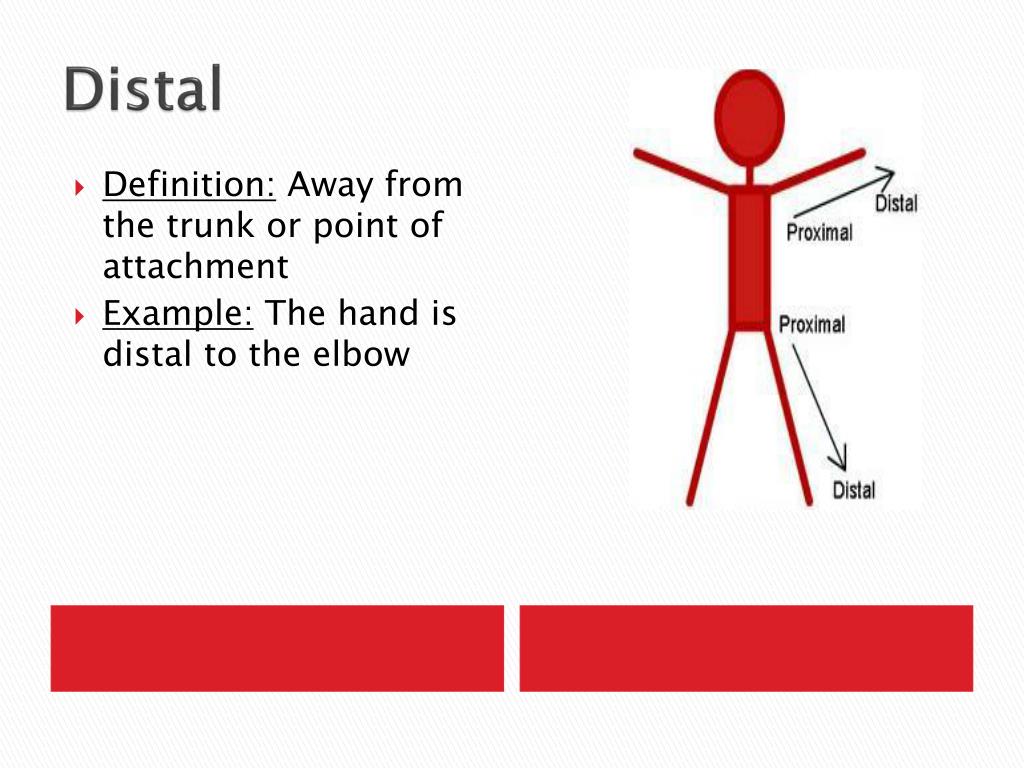


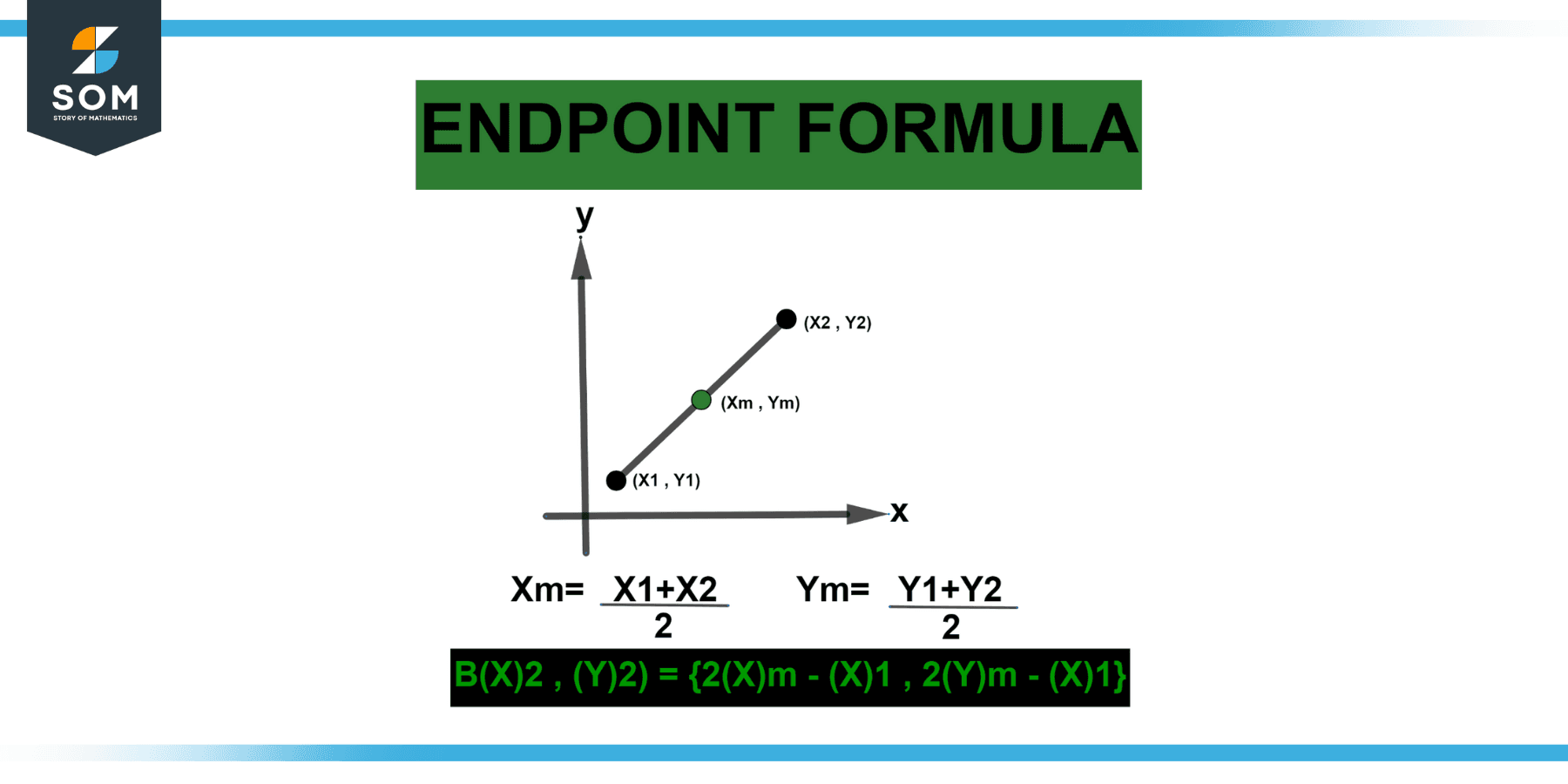
+–+front+Posterior+(Dorsal)+–+back.jpg)

